What is an NFT? What are its main features? In what areas and traditional industries is being applied today? What could be applied in the near future? These are some of the questions we will try to answer in this article.From the most technical perspective, a NFT is a token like BTC or ETH or any other of your preference, with the feature that your emission is 1. A Token is an intangible asset that is born, or better, programming in a computational language to dialogue and enter into a blockchain as can be Ethereum. If you want to understand it's a blockchain and how it works I recommend you see this video.A NFT is a unique token, so a question that could arise would be: what is the relationship between this definition and the visible and most famous version of NFT as digital artwork? The answer is in the metadata, let's see a NFT in the nude: Sorry for the dare, but someone had to show them :) This that they see is not only a NFT, but also a Smart Contract, as to demystify two concepts in a single image. I will not hate them with the explanation, because there are more laps on the subject, in a simplified way, I want you to know that this is the code that goes up to blockchain (in this case of Ethereum) and, except in extraordinary exceptions, the only link between the famous monites and the code is indicated through the arrow: a URL, better known as a link to a web page. This is where the famous JPG are actually stored that we all know. The problem? This is the cheapest way to create NFTs and if the site where you've been almacenated stops working for some reason you'd end up with a token that gives you rights to the most expensive error (404) of your life.
Sorry for the dare, but someone had to show them :) This that they see is not only a NFT, but also a Smart Contract, as to demystify two concepts in a single image. I will not hate them with the explanation, because there are more laps on the subject, in a simplified way, I want you to know that this is the code that goes up to blockchain (in this case of Ethereum) and, except in extraordinary exceptions, the only link between the famous monites and the code is indicated through the arrow: a URL, better known as a link to a web page. This is where the famous JPG are actually stored that we all know. The problem? This is the cheapest way to create NFTs and if the site where you've been almacenated stops working for some reason you'd end up with a token that gives you rights to the most expensive error (404) of your life.  A large part of NFTs follow these bad customs and The first takeaway of this note is to check before investing or take into account as a very important point if they will develop a project by themselves. The best solution to avoid 404 error is to “use an IPFS-based URL (Interplanery File System) that is not only a big name, but also one of the safest data storage systems that exist, something like Blockchain in your area. I leave you Link because they want to investigate more about this excellent protocol whose ‘competence’ is the famous ‘www’.Now that you know how to see an NFT we go to the important: What are they for? They are digital assets that represent the property of a single item and (if they have a good code) have blockchain security. For an idea of the security scale this represents, I will say that the only way to have a chance to corrupt is if you have a computer with processing capacity larger to all other computers that are part of the JUNTAS system. We have in our power a tool that allows us to check in a safe and transparent way of who has been and is every thing from anywhere in the world with internet connection.Enough technicism and talk business. The NFts affect the world of art (physical and digital), the Real State, music, the world of events, the fashion industry, automotive, Alcohols and Beverages, and basically any other industry that gives them place.Are a digital extension of any physical object that serves as a marketing perspective to attract new customers, strengthen relationships with their current customers and give added value to their products.
A large part of NFTs follow these bad customs and The first takeaway of this note is to check before investing or take into account as a very important point if they will develop a project by themselves. The best solution to avoid 404 error is to “use an IPFS-based URL (Interplanery File System) that is not only a big name, but also one of the safest data storage systems that exist, something like Blockchain in your area. I leave you Link because they want to investigate more about this excellent protocol whose ‘competence’ is the famous ‘www’.Now that you know how to see an NFT we go to the important: What are they for? They are digital assets that represent the property of a single item and (if they have a good code) have blockchain security. For an idea of the security scale this represents, I will say that the only way to have a chance to corrupt is if you have a computer with processing capacity larger to all other computers that are part of the JUNTAS system. We have in our power a tool that allows us to check in a safe and transparent way of who has been and is every thing from anywhere in the world with internet connection.Enough technicism and talk business. The NFts affect the world of art (physical and digital), the Real State, music, the world of events, the fashion industry, automotive, Alcohols and Beverages, and basically any other industry that gives them place.Are a digital extension of any physical object that serves as a marketing perspective to attract new customers, strengthen relationships with their current customers and give added value to their products.
- Let's see the realistic example of a dear North American soup brand, Campbell. To accompany their brand-network marketing campaign, first made famous by plastic artist Andy Warhol, launched a collection of NFTs this time from Sophia Chang's hand (famous level=500k followers on Instagram, because now that so famous is someone measures in this simple metric and with that number lies in the top 1% of the most followed Instagram accounts). It can be said that Campbell enters the world of art, but over the years they learned how to take advantage to always stay ahead of the market and this time in a very small campaign of NFTs of only 100 units raised 65000 dollars that is the same as they bill when selling 65000 tomato soups.

- On the other hand, in the Fashion Industry is being used to follow the physical part of the digital part. In the example of Nike, whose sneakers came to the point of artistic evaluation that they were no longer useful as zapatills in themselves and before opened the opportunity of a secondary market of collectors and resales, they knew how to perfectly enjoy the opportunity of the NFTs. It was so successful the campaign that they returned to the board and the collectors did not buy a sneaker and got a NFT, but bought a NFT and passing through a gift sneaker.
 Today it is sold over 100000 USD and clearly can be used in some metaverses.
Today it is sold over 100000 USD and clearly can be used in some metaverses.
- Who buy their digital works? Digital art collections and/or Culture Investors or better digital art traders in the search to have a work of a famous artist on a brand famous for pleasure or profit.
 They're a way to automate contracts, In the real estate market houses are already being sold as NFTs. From a perspective Administrative This facilitates the tracking record of the house, because by being in the blockchain one can easily see who is the current owner and those who were his previous. Since legal law, works similar to the roles that dictate as the owner of the same paper, which may seem crazy by the fragility of this tool in the physical world, but when taking it to the blokchain system becomes an incredibly safe and effective procedure. Since Commercial, you can list your property on NFTs sales pages and reach an international reach instantly and bypass accept crypto/stablecoins as new payment medium. It should be noted that, in the case of construction projects aimed at an investor public, it is a more tempting funding alternative.It's a new form of Funding. This tool is used by all industry players, native Crypto Start-ups, Artists, NGOs and traditional brands, from micro-funding to bells of millions of dollars. International artists like Madonna launch their own collections of NFTs as a new source of income, generating new content for their audience and a new channel of communication. These NFTs can also bring benefits like meet & greet, tickets for upcoming shows, etc. In addition, it gives you the possibility that your fans have a new type of official merchandise that will be reevaluation with time. In his particular case, all funds went to donation campaigns. Brands like Budweiser organized Funding NFT of the hand of the famous basquetbolist Dwyane Wade to raise funds for micro-entrepreneurs led by minorities in the USA. Brands that sell a physical product can take a limited edition with the design made by such an artist that only separates between the buyers of the NFT. Artists can sell their next project by selling NFTs that guarantee active participation in this, entries, a mini-work/read listening of a song, autographs, meet & greet or even % of future gains or any other way to tie an experience or material to NFT facilities, there are endless ways to participate and everyone can find their favorite.They are useful as entries or accessions, Be an event producer (or a ticket sales service as your entry. with, Eventbrite or Passline) can make your tickets a NFT instead of a role or a QR. Entries tend to be a hassle to the user, you can lose in your mailbox, if you took screenshot to lose it in your photo gallery, whether it's a role or talk about stress and the amount of times you review your pocket before watching the event. What are the advantages?
They're a way to automate contracts, In the real estate market houses are already being sold as NFTs. From a perspective Administrative This facilitates the tracking record of the house, because by being in the blockchain one can easily see who is the current owner and those who were his previous. Since legal law, works similar to the roles that dictate as the owner of the same paper, which may seem crazy by the fragility of this tool in the physical world, but when taking it to the blokchain system becomes an incredibly safe and effective procedure. Since Commercial, you can list your property on NFTs sales pages and reach an international reach instantly and bypass accept crypto/stablecoins as new payment medium. It should be noted that, in the case of construction projects aimed at an investor public, it is a more tempting funding alternative.It's a new form of Funding. This tool is used by all industry players, native Crypto Start-ups, Artists, NGOs and traditional brands, from micro-funding to bells of millions of dollars. International artists like Madonna launch their own collections of NFTs as a new source of income, generating new content for their audience and a new channel of communication. These NFTs can also bring benefits like meet & greet, tickets for upcoming shows, etc. In addition, it gives you the possibility that your fans have a new type of official merchandise that will be reevaluation with time. In his particular case, all funds went to donation campaigns. Brands like Budweiser organized Funding NFT of the hand of the famous basquetbolist Dwyane Wade to raise funds for micro-entrepreneurs led by minorities in the USA. Brands that sell a physical product can take a limited edition with the design made by such an artist that only separates between the buyers of the NFT. Artists can sell their next project by selling NFTs that guarantee active participation in this, entries, a mini-work/read listening of a song, autographs, meet & greet or even % of future gains or any other way to tie an experience or material to NFT facilities, there are endless ways to participate and everyone can find their favorite.They are useful as entries or accessions, Be an event producer (or a ticket sales service as your entry. with, Eventbrite or Passline) can make your tickets a NFT instead of a role or a QR. Entries tend to be a hassle to the user, you can lose in your mailbox, if you took screenshot to lose it in your photo gallery, whether it's a role or talk about stress and the amount of times you review your pocket before watching the event. What are the advantages?- The authenticity of the entries is in the NFT itself that is shown through the user's wallet/app, there is no lack of any type of QR reader and eliminates the duplicity problem with screenshots or other alternatives.
- Resale becomes traceable and monetizable You are the NFTs emitter, born in your wallet. Each purchase means a NFT shipment of your wallet to other wallets. A resale ceases to be resend a mail with QR or find to give in hand the physical input, becomes sending NFT from a wallet secondary to a tertiary and a token (a 'crypto', payment) in the reverse direction. This is an automatic process that takes place through an NFT exchange like OpenSea, which gives much more security to the resale process, here we have the benefit for the consumer. Why are these companies so against the resales? First because it is the most common point of fraud and generation of discontent to users. According to why resales do not generate profit and even decrease if the event is not Sold Out. The first point we've solved, but the second? Thanks to Smart Contracts, you can program that any NFTs secondary transaction is invalid or what is most interesting: generate % commission on the sale to the issuer, i.e. you start winning on the resales.
- The entrances become art in itself. You can involve the design of each event in the NFT and make it not only a grateful memory, but rather a collectable with transactional value for the future. Soon it will be Daddy Yankee's last tour, each entry could be a NFT with different designs from other artists as tribute to his work. The larger fans will want to acquire the entries not only by the show, but also as collectible, the prices will vary in the secondary market according to the design and fame of the artist who made it as tribute. If it is a music festival with several artists, an entrance that represents the image of each artist. Imagínate that by launching the tickets the NFT that touches you is random, each assistant will want to have the entrance of his artist, so it will generate a wave of resales that as we saw in the previous point is a second wave of income per show. This not only involves musical events, the same or different dynamics can be thought of for events in the countryside, conventions or any party that involve famous or have their own emblem.
- Manage a contact list automatically, NFTS when traceable generate a list of all their buyers in wallet format. As the user creation system to buy tickets and send future promotions via mailing, you can send discounts, free entries and any type of message or promotion to the wallets you have ever purchased.
 The new possibilities of loyalty and after-sale attention are endless.
The new possibilities of loyalty and after-sale attention are endless.
- Shadows Could every type of Club convert its memberships to NFTs, Night clubs, Sports clubs, Countries, societies, religions perhaps? One can think of a scheme of annual partners, each project is valida year. If there are different plans or benefits between partners, they differ with the NFT design. My ideas, generates a sense of larger community, you can make them visible publicly or stay in anonymity. Social platforms such as Instagram and Twitter are advancing strong in NFTs verification to let only real owners climb them to the networks, driving a certain cultural rating of Holder known as Flexing in English.
- VIP tickets. The model of traditional inputs can start addressing the NFT inputs as inputs that offer you VIP experiences by replacing in principle the VIP bracelets instead of all general inputs. It is an intermediate point that helps adoption where one can test the functioning and benefits of this technology.
- Proof of attendance. It is another way to take into account to start in this world, to give NFTs to everyone who acts at any kind of event. It is automatically given by digitizing a QR code by the guests. This will give your brand an image of innovation, generate a contact list and the best marketing (mouth to mouth) assured.
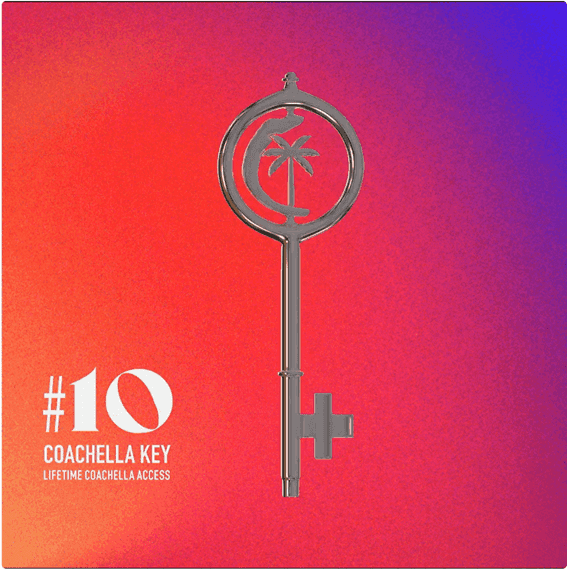
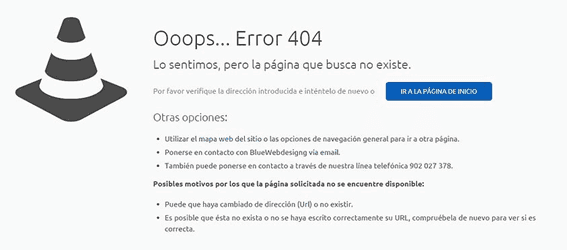

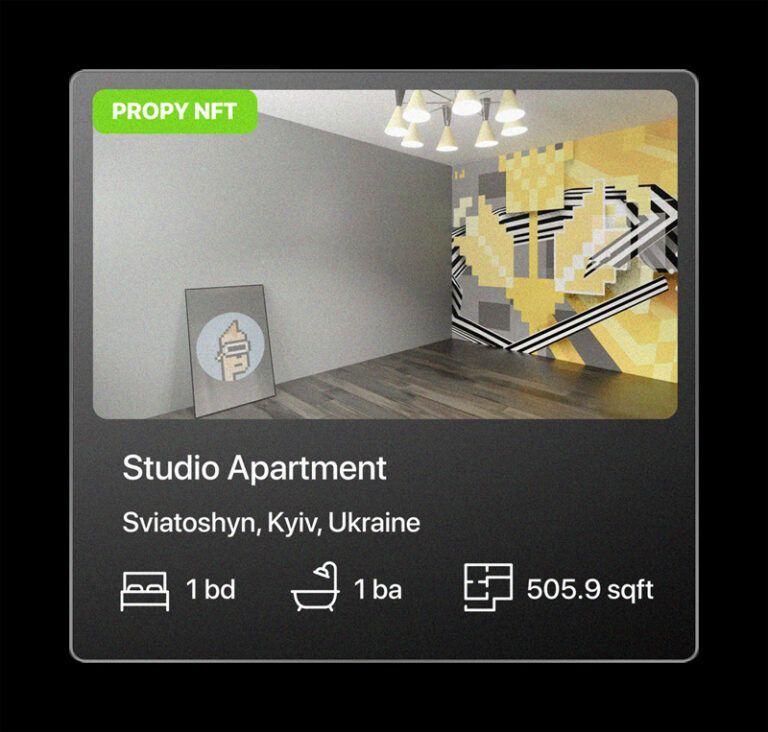


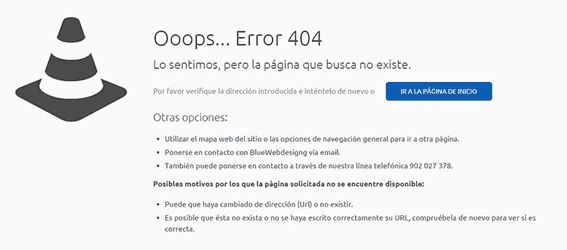
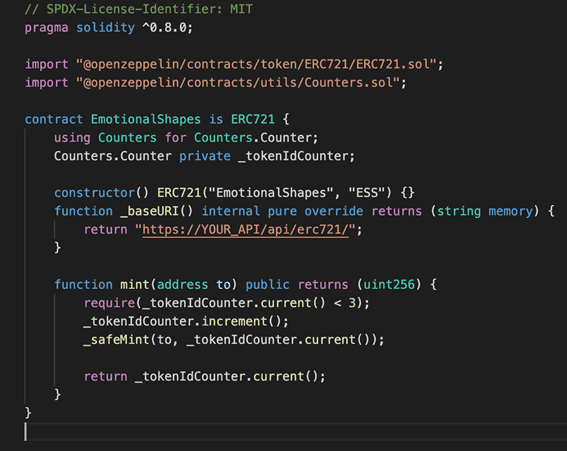
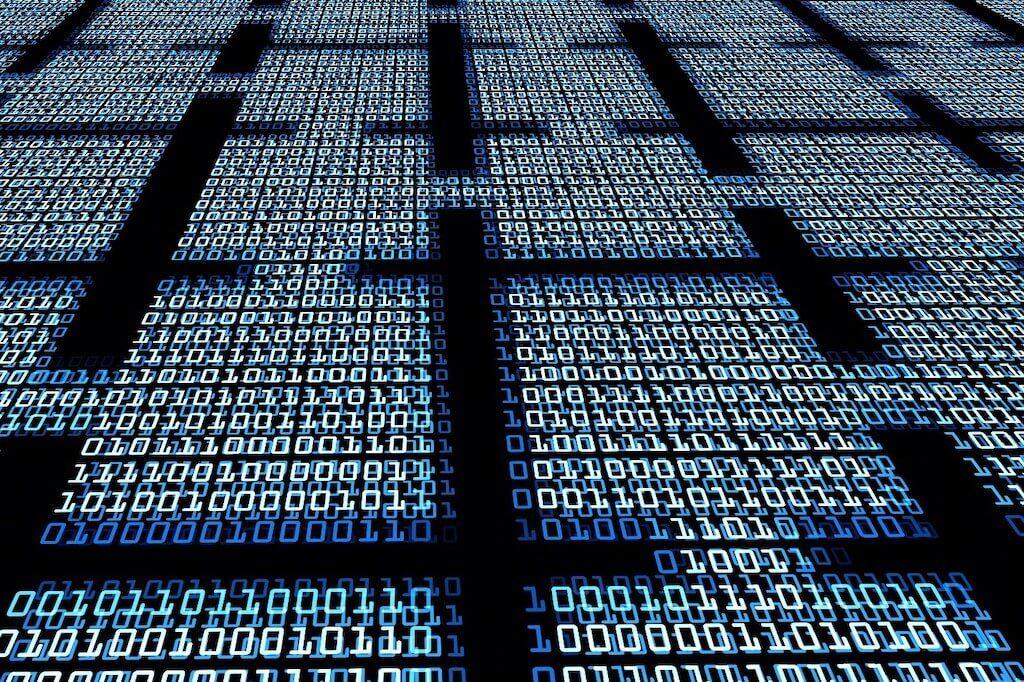
Comments